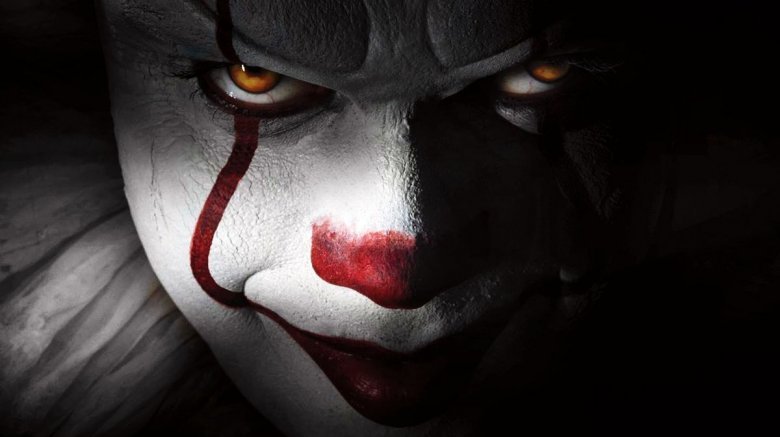Here's Why IT Avoided One Controversial Scene From The Book
Warning: This article contains spoilers for IT.
With a record breaking Thursday night and tracking putting it at a huge opening weekend, Stephen King's IT seems like it's already a surefire big screen hit. Still, though, while critics and audiences seem to be firmly in the movie's corner, some fans of the book may have been a bit confused about why the movie left out one of the most memorable– and most controversial– scenes. Writer Gary Dauberman explained why in a recent interview with Entertainment Weekly, saying that it was something that wouldn't have translated well to the big screen.
The scene in question entailed Beverly, the only female member of the Losers' Club, played by Sophia Lillis in the film. In the novel, after the children defeat Pennywise (or at least, so they think), they get lost in the sewers, leading them to begin to become fragmented and afraid. Beverly, looking to bring the group back together, has sex with each of the boys, leading one of them to remember where they were going and escape.
The fact that a bunch of pre-teens have sex has not sat well with many readers, although King has defended the scene on multiple occasions, saying that he "wasn't really thinking of the sexual aspect of it" and that he was rather using the sexual act to connect childhood and adulthood. "It's another version of the glass tunnel that connects the children's library and the adult library," he wrote on his site's message board in 2013. "Times have changed since I wrote that scene and there is now more sensitivity to those issues."
The movie, like the miniseries, seems to recognize that times have changed, and so director Andy Muschietti chose to leave the scene out entirely, having the Losers appear out of the sewers right after they defeat Pennywise. "Besides Georgie in the sewer, I think it's the one scene that everybody kind of brings up and it's such a shame," Dauberman said. "While it's an important scene, it doesn't define the book in any way I don't think and it shouldn't. We know what the intent was of that scene and why he put it in there, and we tried to accomplish what the intent was in a different way."
IT is in theaters now. If you've already headed out to see the terrifying film, see our explainer of its ending.
